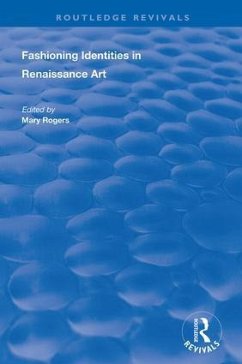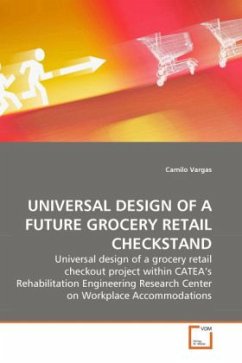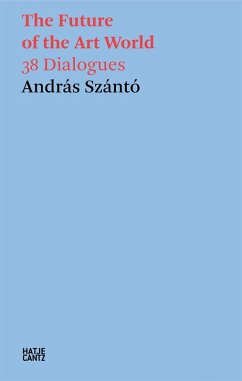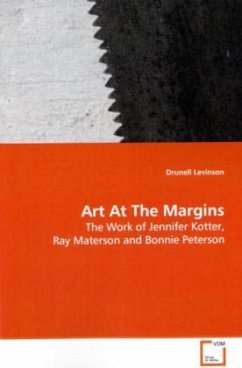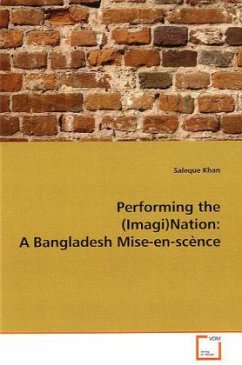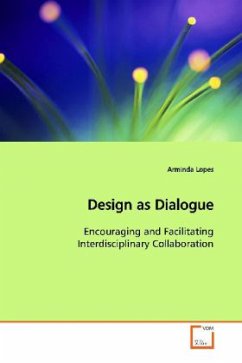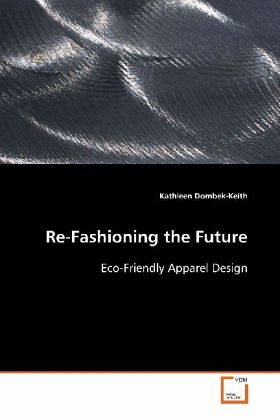
Re-Fashioning the Future
Eco-Friendly Apparel Design
Versandkostenfrei!
Versandfertig in 6-10 Tagen
45,99 €
inkl. MwSt.

PAYBACK Punkte
23 °P sammeln!
When most people think about eco-friendly fashion,their first thought is probably organic cotton orhemp. This book broadens the definition ofeco-friendly fashion beyond materials into ourrelationships with clothing through use, care, andintimate connections. This study s main objective wasto re-think, or re-fashion, consumer interactionswith clothing in order to cause less environmentalharm while also meeting or exceeding consumer wantsand needs. To achieve this objective, a list ofeco-friendly apparel design goals was developed basedon extensive research in clothing life cycleanalysis, green ...
When most people think about eco-friendly fashion,
their first thought is probably organic cotton or
hemp. This book broadens the definition of
eco-friendly fashion beyond materials into our
relationships with clothing through use, care, and
intimate connections. This study s main objective was
to re-think, or re-fashion, consumer interactions
with clothing in order to cause less environmental
harm while also meeting or exceeding consumer wants
and needs. To achieve this objective, a list of
eco-friendly apparel design goals was developed based
on extensive research in clothing life cycle
analysis, green consumer behavior, and innovative
eco-friendly design approaches coupled with insight
from interviews with eco-friendly design experts. As
a result, five diverse eco-friendly apparel design
collections were created and then evaluated by
consumers based on appeal and ability to influence
behavior. In addition, the design process inspired a
new eco-design framework: the ERRor-Friendly
Framework. This book s review of research, collection
of design goals, and new design framework could be
adapted and expanded upon by eco-friendly minded
designers and professionals in any field.
their first thought is probably organic cotton or
hemp. This book broadens the definition of
eco-friendly fashion beyond materials into our
relationships with clothing through use, care, and
intimate connections. This study s main objective was
to re-think, or re-fashion, consumer interactions
with clothing in order to cause less environmental
harm while also meeting or exceeding consumer wants
and needs. To achieve this objective, a list of
eco-friendly apparel design goals was developed based
on extensive research in clothing life cycle
analysis, green consumer behavior, and innovative
eco-friendly design approaches coupled with insight
from interviews with eco-friendly design experts. As
a result, five diverse eco-friendly apparel design
collections were created and then evaluated by
consumers based on appeal and ability to influence
behavior. In addition, the design process inspired a
new eco-design framework: the ERRor-Friendly
Framework. This book s review of research, collection
of design goals, and new design framework could be
adapted and expanded upon by eco-friendly minded
designers and professionals in any field.




